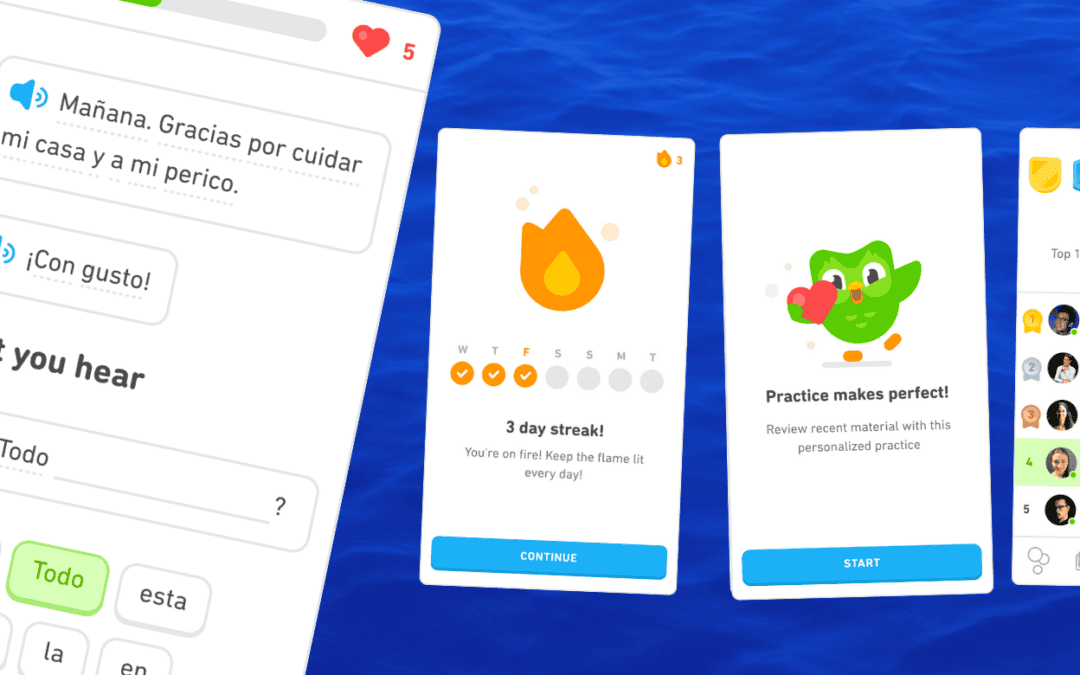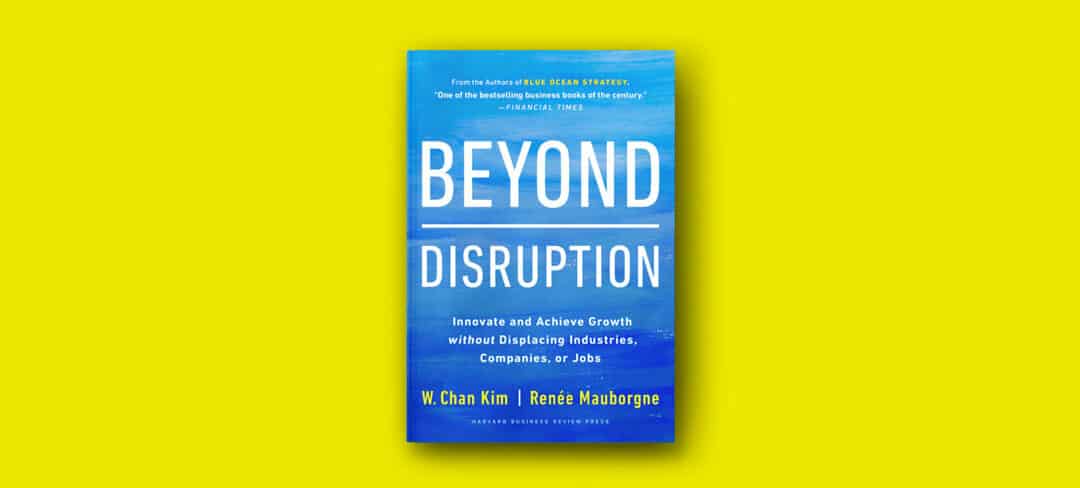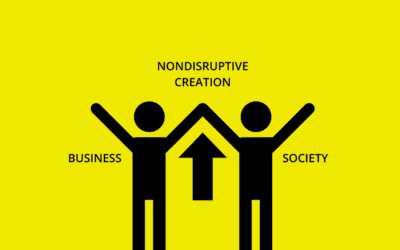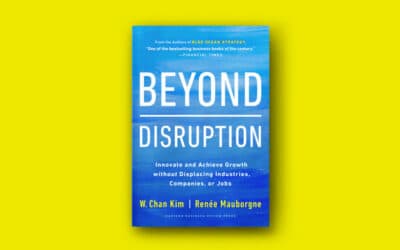Written by Chan Kim and Renée Mauborgne, with Mi Ji, Senior Executive Fellow at the INSEAD Blue Ocean Strategy Institute
As the Covid-19 pandemic continues to evolve, managers around the world are bracing for new challenges ahead. Many of them wonder whether the strategic approaches that proved to be successful in the past will still apply to changed business realities in a post-pandemic world.
Indeed, many changes are likely to occur – supply chain restructuring, altered customer preferences, changed government regulations, to name a few.
But one fundamental reality will endure and intensify. In the immediate aftermath of the pandemic, companies will face a heightened degree of competition as customer demand is depressed due to a reduction of income, persistent unemployment, and looming uncertainties.
While everyone desires a V-shaped economic rebound, it will be difficult for companies to overcome the current financial distress once they are locked into a hopeless game of dividing a shrinking pie.
More than ever, firms need to create blue oceans of new demand in order to generate revenue, profit, and new growth. It is far more urgent for managers to think like a blue ocean strategist. It is high time that we review the key elements of a blue ocean strategist’s mindset.
Ask yourself the following questions and consider how each guiding principle can help you see opportunities where before only constraints were visible.

1. Do you take industry conditions as given? Or do you reshape them in your favor?
The conventional way for executives to develop strategy is to begin by analyzing the environment: Is the industry growing or shrinking?
Is the competition strong or not? Most strategies are built on such assessments. In other words, structure shapes strategy.
However, blue ocean strategists do not take industry practices as a given. What they recognize, and what most of us forget, is that while industry conditions exist, individual firms created them in the first place. Industry boundaries are not fixed.
Take the example of Andre Rieu, a Dutch violinist and conductor who created an uncontested and expanding market space of classical music for the masses in an industry marked by shrinking demand, rising cost, and financial losses.
Was classical music a dying industry given its aging customer base? What could an orchestra do in this environment other than hire more superstar conductors and guest soloists to win a greater customer share, or implement huge cuts to save money at the expense of artistic quality?
Rieu did neither.
Instead, he looked to the vast population of music-loving people who were daunted by the rituals of orchestral concerts and the complexities of classical music.
His concerts not only interspersed familiar classical pieces with themes from movies, musicals, and pop songs of Elvis Presley, Celine Dion and the like, but also brought in elements such as special lighting, balloons and dove launches, fireworks, and even figure skating, creating an epic experience and a feast for emotions and senses.
Instead of letting existing industry conditions shape his strategy, Rieu reshaped them, thereby creating a new market space and building a multimillion-dollar business with a mass following in the midst of a red ocean.
This is the perspective that you need in our world of mounting challenges. The pandemic has had a shock effect on economies and businesses and is bound to trigger more changes and disruptions in many industries.
Will you go down as a victim of change and disruption?
Or are you going to rise above the challenges and reshape the business environment in your favor?
A blue ocean perspective can be a decisive factor here as it frees you from the shared industry logic that could dramatically restrict your creative thinking and understanding of what is possible and profitable
2. Do you try to beat the competition? Or do you make the competition irrelevant?
Most organizations are stuck in the trap of competition. Having accepted their industry structure as a given, executives benchmark rivals and focus on outperforming them to achieve a competitive advantage.
The irony is that the more you focus on benchmarking and outpacing the competition, the more your strategy will look like your competitors.
Indeed, every winning company has a competitive advantage. The problem is that when managers are urged to secure a competitive advantage, they automatically look to the competition and end up defining the strategy based on the competition.
Stop looking at what industries are competing on and start looking at what most buyers really value.
A blue ocean strategist, instead, focuses on how to make the competition irrelevant. Rieu didn’t benchmark or imitate other orchestras by holding concerts in expensive venues and hiring world-class soloists and conductors, nor did he adopt a complex and elitist musical repertoire.
Instead, his concerts were held in stadiums and city squares, playing the music that was most familiar to average listeners and performing only the bits of classical pieces that speak to the heart, his musicians often dancing, swaying, and clapping along with the audience.
All these defied industry best practices that conventional orchestras competed on. But in so doing Rieu appealed to a much broader audience who simply wanted to relax and enjoy the music they loved.
In this regard, the pandemic, by changing people’s working habits and lifestyles, has put many products and services to the test.
What are the factors that you and your industry thought were important but don’t seem to matter so much to your customers in terms of serving their essential needs?
What are the factors that they fundamentally value and don’t want to compromise on even during this difficult time?
Are these temporary shifts under extreme conditions or do they provide insight into reconfiguring your offerings in a post-pandemic world?
Think through these questions and ask yourself, “What would it take to win over the mass of buyers, even with no marketing?”
You want to create an offering so compelling that anyone who sees or tries it can’t help but rave about it. Stop looking at what industries are competing on and start looking at what most buyers really value.
3. Do you focus on creating and capturing new demand? Or do you focus on fighting over existing customers?
Customer satisfaction and understanding customer needs are a priority for any organization. Most organizations regularly monitor customer satisfaction scores through surveys, for example.
This can lead to finer segmentation and greater customization to meet customers’ specialized needs.
But by holding on to a predetermined definition of who their customers are, companies are often blind to the wider potential of new demand outside their industry that they could tap into.
In many industries, existing customers are just a drop in the bucket, compared with all the noncustomers who can be reached through market-creating strategies. Consider Rieu again.
While other orchestras focused on devoted classical music lovers – the educated few – he looked to the industry’s noncustomers – the mass population of music lovers who were either intimidated or turned off by the heaviness and solemnity of conventional classical concerts.
In a time of sluggish and contracting demand in many industries, fighting for a bigger share of existing customers does not often lead to profitable growth. You need to expand the pie.
Again, the pandemic may have exposed and amplified some of the pain points previously assumed by your industry. It is up to you to find creative ways to address them to unlock and attract the mass of noncustomers.
4. Do you simultaneously pursue differentiation and low cost? Or do you make a value-cost trade-off?
A blue ocean strategist doesn’t choose between pursuing differentiation and low cost. If you truly have a blue ocean mindset, you do both.
To offer buyers a quantum leap in value and break the value-cost trade-off, blue ocean strategists focus as much on what to eliminate and reduce as they do on what to raise and create.
Rieu drastically lowered costs by eliminating superstar soloist performances, reducing the size of the orchestra and the complexity of the repertoire, and using large open-air venues in lieu of expensive theatres.
On the other hand, he achieved differentiation by using more familiar tunes, encouraging audience participation, and creating a visual and festive grandeur.
The result: Rieu and his orchestra stayed on the Billboard Top 25 Tours list for nearly two decades, alongside the likes of Bruce Springsteen and Justin Bieber. His CDs and DVDs sold more than 40 million copies versus 10,000 copies for a more traditional top classical music CD
Breaking the value-cost trade-off is particularly important in a post-pandemic world where people, faced with economic uncertainties and living on a tighter budget, tend to be more cautious about their spending and yet more conscious of a product or service’s fundamental value and appeal.
Only those offerings that are both differentiated and low-cost have the best chance to stand out and open up latent demand, thereby helping restore market confidence and contributing to a speedy economic recovery.
Each of the above questions to reframe your thinking is further detailed in Blue Ocean Shift. We hope you feel encouraged to start shifting your perspective and seeing new opportunities where you thought there were none.
First published in INSEAD Knowledge

















